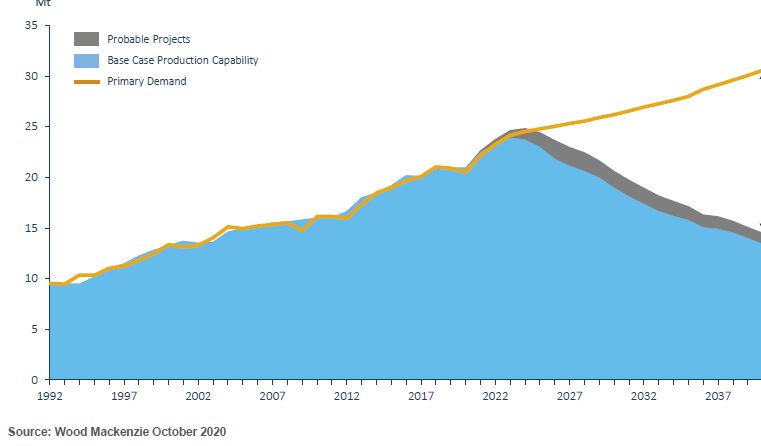
#GOLD
Why you should only ever buy gold mining stocks and not gold.
Why you should only ever buy gold mining stocks and not gold.
#gold
This is going to make me unpopular with some of you, but I am going to explain why you should never buy gold. Do not confuse this with owning gold mining stocks though.
This is going to make me unpopular with some of you, but I am going to explain why you should never buy gold. Do not confuse this with owning gold mining stocks though.
#gold
Gold is a store of value. This is true. In Roman times one ounce of gold would clothe a men nicely and the same is true today.
Gold is a store of value. This is true. In Roman times one ounce of gold would clothe a men nicely and the same is true today.
#gold
So let's look at the alternatives to buying a toga and sandals. Let's assume that 1 acre of prime agricultural land was 5 ounces of gold - the same as about US$9,000 today.
So let's look at the alternatives to buying a toga and sandals. Let's assume that 1 acre of prime agricultural land was 5 ounces of gold - the same as about US$9,000 today.
#gold
Let's say I take my ounce of gold and I buy one fifth of an acre and rent it out to a farmer. I get a 2% real rental yield on this, after taxes and expenses. After 35 years I have doubled my money, and my son or daughter re-invests in another fifth of an acre.
Let's say I take my ounce of gold and I buy one fifth of an acre and rent it out to a farmer. I get a 2% real rental yield on this, after taxes and expenses. After 35 years I have doubled my money, and my son or daughter re-invests in another fifth of an acre.
#gold
Let's keep the compounding interest simple, and we only re-invest every 35 years, when my land holding is doubled, down the generations. My descendants do this for 2,000 years.
Let's keep the compounding interest simple, and we only re-invest every 35 years, when my land holding is doubled, down the generations. My descendants do this for 2,000 years.
#gold
In that time my family doubles their money 57 times. My original holding of prime agricultural land is has gone from a fifth of an acre to 28,823,037,615,172,000 acres.
Surface area of the Earth is 126 billion acres.
In that time my family doubles their money 57 times. My original holding of prime agricultural land is has gone from a fifth of an acre to 28,823,037,615,172,000 acres.
Surface area of the Earth is 126 billion acres.
#gold
My descendants now own 228,754 times the surface area of the Earth.
My descendants now own 228,754 times the surface area of the Earth.
#gold
Conclusion: In the long term gold is something to be traded, but not bought and held.
Conclusion: In the long term gold is something to be traded, but not bought and held.
• • •
Missing some Tweet in this thread? You can try to
force a refresh





